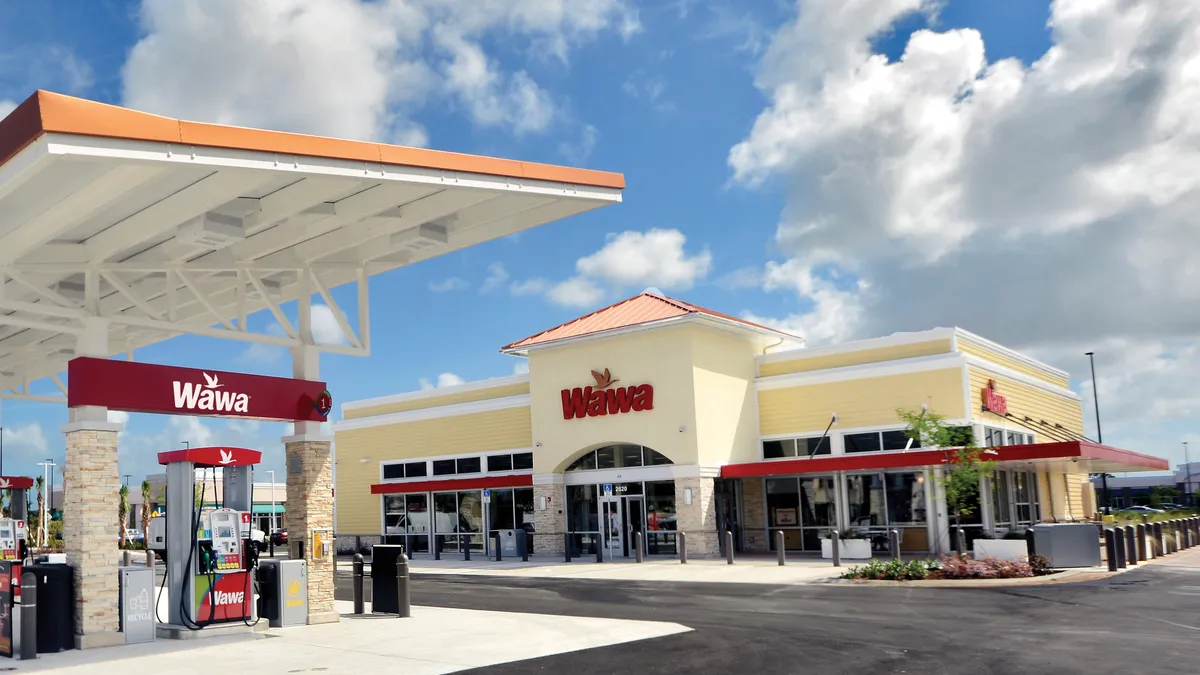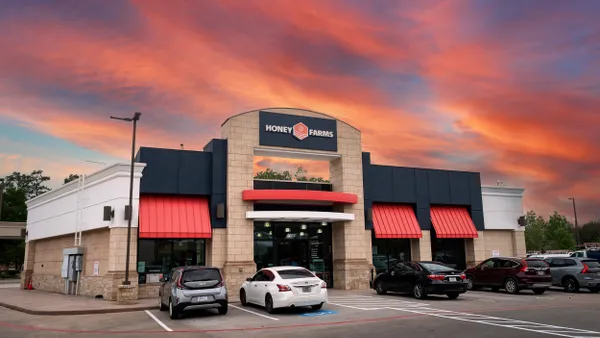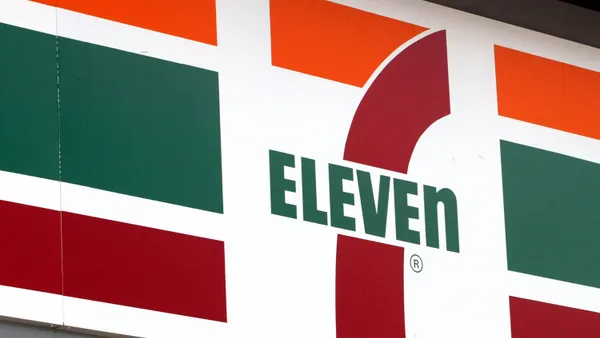Many of the largest c-store chains in the U.S. have one executive covering both their CEO and president positions. Alimentation Couche-Tard, Casey’s General Stores, Murphy USA, Kwik Trip, Sheetz and Global Partners all fall under this umbrella.
For years, 7-Eleven Inc. and Wawa did as well. But now, while Christopher Gheysens and Joseph DePinto remain the CEOs of Wawa and 7-Eleven, respectively, both have dropped the role of president from their titles.
In late February, Wawa named former senior vice president Brian Schaller as its new company president, taking on the role that was held by Gheysens for the past decade, a Wawa spokesperson recently confirmed. Meanwhile, in May, 7-Eleven named Stan Reynolds, former chief financial officer, as new company president, a role DePinto held since becoming CEO of 7-Eleven in 2005, a company spokesperson confirmed.
Executive leadership changes happen frequently at large convenience operators. But what does it mean when the president and CEO roles are split apart?
Supporting company execs
Schaller steps into the president role at Wawa to support the company’s future growth plans, the spokesperson said. The bifurcation of the president and CEO roles reflects Wawa’s preparation for growth over the next several years, Schaller noted in a LinkedIn message. Since the start of 2022, Wawa has announced a flurry of expansion plans that would bring it to seven new states and build on its existing territories.
Gheysens likely needed more help running Wawa’s day-to-day operations as he prioritized these growth plans, which led to the roles being separated, Anat Alon-Beck, assistant professor at Case Western Reserve University’s School of Law, said in an interview.
In a situation like Wawa’s, it’s too much of a load for the leader of the company to perform daily operations and plot long-term strategy, she noted.
“I guess [Wawa] reached that stage where they're no longer just a local or regional chain,” she said. “If they have aspirations to become more national, then they have to start changing corporate governance, and they have to get more serious.”
Although 7-Eleven may lack Wawa’s ambitious growth plans, Alon-Beck still estimates that the retailer created its new president role for similar reasons — to reduce the day-to-day load on DePinto.
“In a situation where you have [7-Eleven], I would expect the CEO to focus more on strategic and long term goals, and the president to be the one doing the daily operations and the tactics,” Alon-Beck said.
Industry aside, while larger companies split their CEO and president roles more often than smaller organizations, taking this direction also depends on the culture, history and current state of a company, Alon-Beck said.
Several other factors that dictate why an organization would take this route include if the company is family-owned and operated, if the founder has a succession plan in place, or if an executive is leaving.
But more important than why a company takes this direction is how it divides the duties of each position, Alon-Beck said.
“What matters is not just the title, but how [the company] designates the leadership,” Alon-Beck said.












